Introduction
Dried bamboo shoots are a culinary delight enjoyed across various cultures, particularly in Asian cuisines. They offer a unique texture and flavor that can enhance dishes from soups and stir-fries to salads and pickles. Making dried bamboo shoots at home not only ensures you have a stash of this versatile ingredient on hand but also allows you to control the quality and flavor profile. This comprehensive guide will walk you through the entire process of how to make dried bamboo shoots, from selecting the right bamboo shoots to storing the final product.
Understanding Bamboo Shoots
Before diving into the drying process, it’s crucial to understand the basics of bamboo shoots. Bamboo shoots are the edible sprouts of bamboo plants, typically harvested during their early stages of growth. They come in various sizes, depending on the species of bamboo and the time of harvest. Younger shoots tend to be more tender and have a sweeter flavor, while older ones can be fibrous and require more preparation.
When choosing bamboo shoots for drying, opt for fresh, young shoots with firm flesh and a fresh green hue (if the outer layers are still intact). Avoid shoots that are soft, discolored, or have an off odor, as these may not dry well or retain their quality.
Harvesting Bamboo Shoots
Harvesting bamboo shoots is a delicate process that requires care to avoid damaging the plant. Here’s a step-by-step guide:
-
Identify the Right Bamboo: Not all bamboo species produce edible shoots. Choose varieties known for their culinary use, such as Moso bamboo (Phyllostachys edulis).
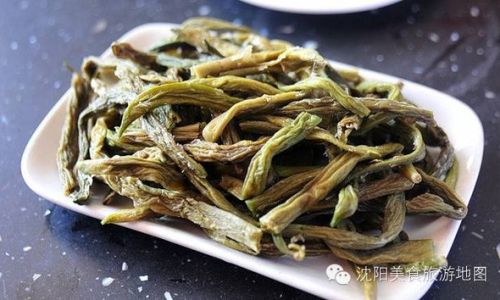
-
Locate Shoots: Look for shoots emerging from the ground, typically in spring and early summer. They may be covered with soil or debris, so gently brush away the surface to reveal them.
-
Cut the Shoots: Use a sharp knife or pruning shears to cut the shoots close to the ground. Aim for shoots that are about 10-15 centimeters tall for optimal tenderness.
-
Handle with Care: Handle the shoots gently to prevent bruising. Immediately cover them with a damp cloth or place them in a cool, moist environment to prevent them from drying out or wilting.
Preparing Bamboo Shoots for Drying
Once harvested, bamboo shoots require thorough preparation before they can be dried. This involves cleaning, peeling, blanching, and cooling. Here’s how to do it:
-
Cleaning: Rinse the shoots under running water to remove any dirt, debris, or insects. Use a vegetable brush if necessary to scrub off stubborn dirt.
-
Peeling: Use a sharp knife or vegetable peeler to remove the outer layers of the shoots. These layers can be tough and fibrous, so peel until you reach the tender, inner flesh.
-
Slicing or Shredding: Depending on your preference and the intended use of the dried shoots, you can slice them into thin strips, shred them, or leave them whole (for smaller shoots). Thinner pieces will dry faster and be more versatile in cooking.
-
Blanching: Blanching helps to inactivate enzymes that could cause the shoots to discolor or spoil during drying. Bring a large pot of water to a boil and add a small amount of salt (optional, for flavor and preservation). Immerse the prepared shoots in the boiling water for about 2-3 minutes. Use a slotted spoon or strainer to remove them and plunge them into ice-cold water to stop the cooking process.
-
Drying the Shoots: Pat the blanched shoots dry with paper towels or a clean kitchen cloth to remove excess moisture. This will speed up the drying process and ensure a better final product.
Drying Methods
There are several methods to dry bamboo shoots, each with its own set of pros and cons. The most common methods include sun-drying, oven-drying, and dehydration using a food dehydrator.
-
Sun-Drying:
- Advantages: Natural, cost-effective, and doesn’t require special equipment.
- Disadvantages: Weather-dependent, can take several days, and may not produce consistent results.
- Instructions: Lay the prepared shoots in a single layer on clean, mesh drying trays or muslin cloth. Place them in a sunny, well-ventilated area, such as a rooftop or balcony. Turn the shoots occasionally to ensure even drying. Depending on the climate and sun intensity, this process can take 2-5 days.
-
Oven-Drying:
- Advantages: Faster than sun-drying, more consistent results.
- Disadvantages: Requires energy, can be less flavorful due to the high heat.
- Instructions: Preheat your oven to its lowest setting, typically around 150°F (65°C). Spread the shoots in a single layer on baking sheets lined with parchment paper. Prop the oven door open slightly with a wooden spoon to allow moisture to escape. Dry for several hours, checking every hour and turning the shoots occasionally. The drying time will depend on the thickness and quantity of the shoots but can range from 4-8 hours.
-
Food Dehydrator:
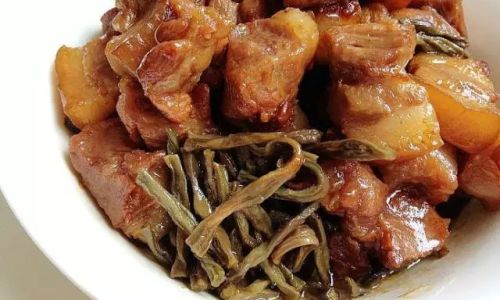
- Advantages: Fast, consistent, and preserves more flavor and nutrients.
- Disadvantages: Requires an initial investment in equipment.
- Instructions: Follow the manufacturer’s instructions for your specific dehydrator. Typically, you’ll spread the shoots in a single layer on the dehydrator trays and set the temperature to around 135°F (57°C). Dry for several hours, checking and turning the shoots occasionally. The drying time can vary but is usually between 6-12 hours.
Testing for Dryness
Properly dried bamboo shoots should be brittle, have a uniform color, and have no moisture pockets. To test for dryness:
- Feel: Touch the shoots; they should feel completely dry and brittle.
- Break: Break a piece in half; it should snap cleanly without bending.
- Weight: They should feel lightweight compared to their fresh state.
If any moisture remains, continue drying until they meet these criteria.
Storing Dried Bamboo Shoots
Proper storage is crucial to maintain the quality and extend the shelf life of your dried bamboo shoots. Here’s how to store them:
-
Cool and Dry Place: Store the dried shoots in an airtight container in a cool, dark place. Avoid direct sunlight and humidity, which can cause mold or deterioration.
-
Vacuum Sealing: For long-term storage, consider vacuum sealing the shoots in airtight bags. This removes oxygen, which can further extend their shelf life.
-
Refrigeration or Freezing: While not necessary for short-term storage, you can refrigerate or freeze dried bamboo shoots for even longer preservation. Just ensure they are in airtight containers or bags to prevent moisture from entering.
-
Label and Date: Always label the containers with the date of drying to keep track of how long they’ve been stored.
Using Dried Bamboo Shoots
Dried bamboo shoots can be rehydrated and used in various dishes. Here’s how to rehydrate and incorporate them into your cooking:
-
Rehydrating: Soak the dried shoots in hot water for about 20-30 minutes, or until they regain their texture. Alternatively, you can simmer them in water or broth for a few minutes until tender.
-
Cooking: Once rehydrated, dried bamboo shoots can be used in stir-fries, soups, stews, salads, pickles, and more. Their unique texture and mild flavor make them a versatile addition to many dishes.
-
Experimenting: Don’t be afraid to experiment with dried bamboo shoots. Their neutral flavor profile allows them to absorb and complement a wide range of spices, herbs, and flavors.
Conclusion
Making dried bamboo shoots at home is a rewarding endeavor that not only provides you with a versatile ingredient but also allows you to appreciate the entire process from harvest to final product. By following the steps outlined in this guide, you can ensure that your dried bamboo shoots are of the highest quality, ready to enhance your culinary creations. Happy drying!
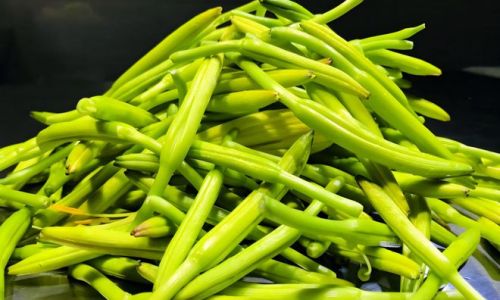

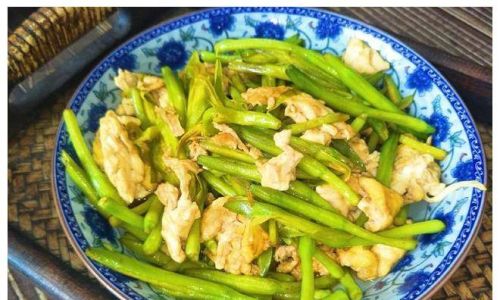
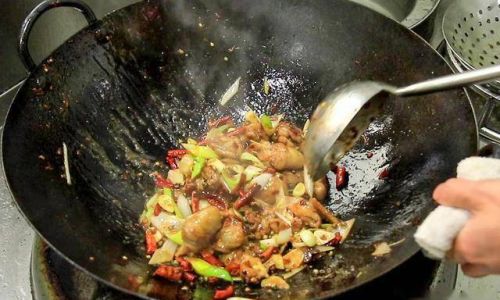

0 comments